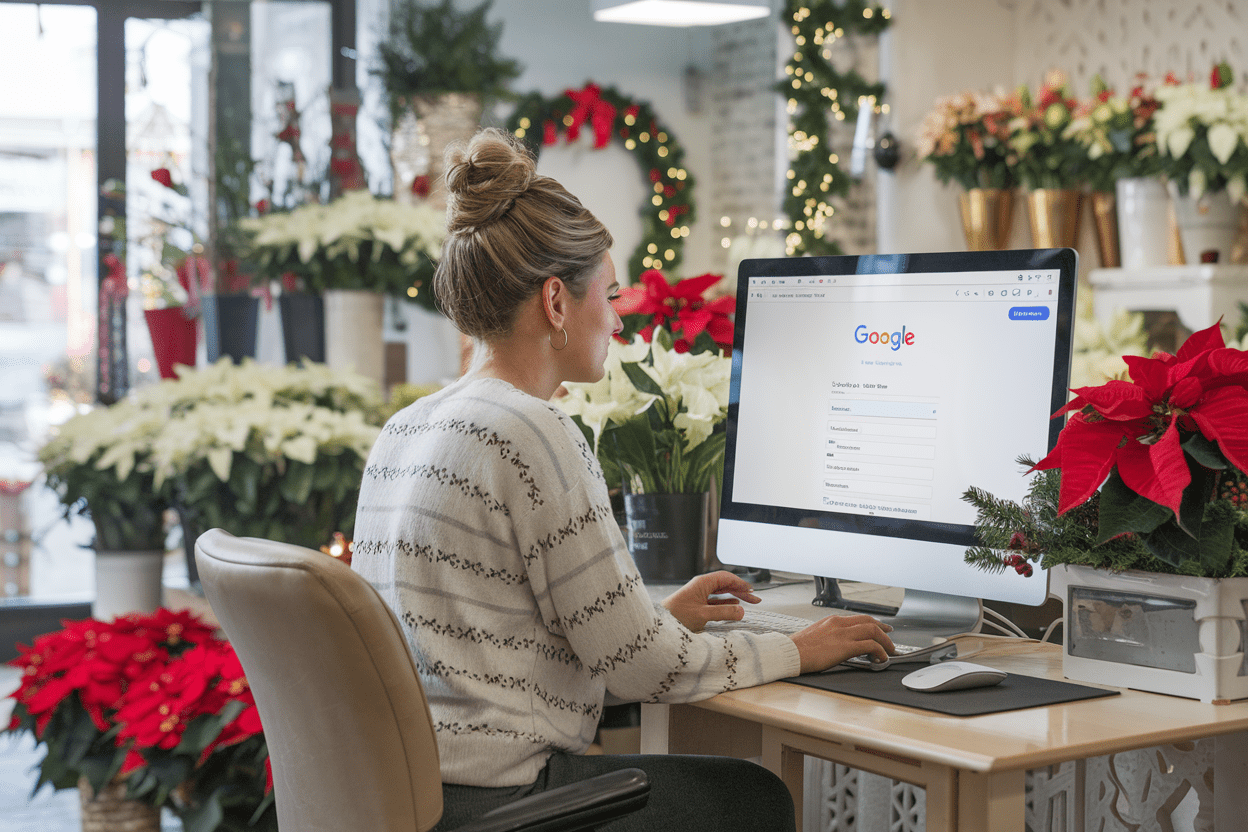
High-end boutiques are increasingly trying to pull in customers with showrooms that look more like elegant homes and less like stores.
If you want customers to linger longer, spend more and — well — set foot in-store in the first place, you may want your showroom to look less like a store and more like a chic living room.
That’s the strategy at a number of higher end boutiques, according to The New York Times. In London, New York and other major metros, stores are blurring the line between hospitality and commerce, with cozy spaces and all kinds of amenities to lure in shoppers.
“At one end of the spectrum, a cup holder on the handlebar of your grocery-store cart,” writes Michael Rock for the newspaper. “At the other end, silver platters of chilled San Pellegrino at the ready.”
The additions aren’t just niceties. They represent a concerted effort to get customers out of the comfort of their home and online shopping and into brick-and-mortar locations.
“As shopping online from the comfort of your home continues its unchecked expansion — almost $100 billion in online sales in the first quarter of 2016 — in-store shopping is turning increasingly homey,” writes Rock.
Some ideas retailers of all sizes (and merchandising budgets) can use:
Make check-out fast. “Nothing kills the domestic vibe like a wait at the checkout line,” Rock notes. In an “Apple store, the exchange is decentralized: Scan your purchase on your phone, then waltz out of the store unassailed. It’s like everything is yours already.” Try it out. Train staff to recognize telltale signs of a customer who is ready to get the transaction process moving. (Read more about a florist who did just that.)
Details matter. “In a luxury boutique, your credit card is now likely to be whisked away…only to be discreetly, and somewhat apologetically, returned in a supple leather binder or on a zebrawood tray,” Rock writes. Try it out. No zebrawood tray? No worries. A quick scan of your checkout area may reveal pens that don’t work and untidy areas that can hurt a customer’s impression of your store.
Rethink fixtures. Instead of nondescript metal shelves and utilitarian tables, many shops profiled in the story are merchandising goods on furniture (that’s often also for sale). The blending is especially true at shops that specialize in fashion and home décor. At the trendy Apartment by the Line in New York, customers can “rifle through closets and dresser drawers stocked with clothing from burgeoning labels such as Protagonist and Khaite, then take the dresser itself, charge and carry,” Rock writes. Try it out. Think of each display area as a distinct room a customer is visiting. Need inspiration? Check out Pinterest.






